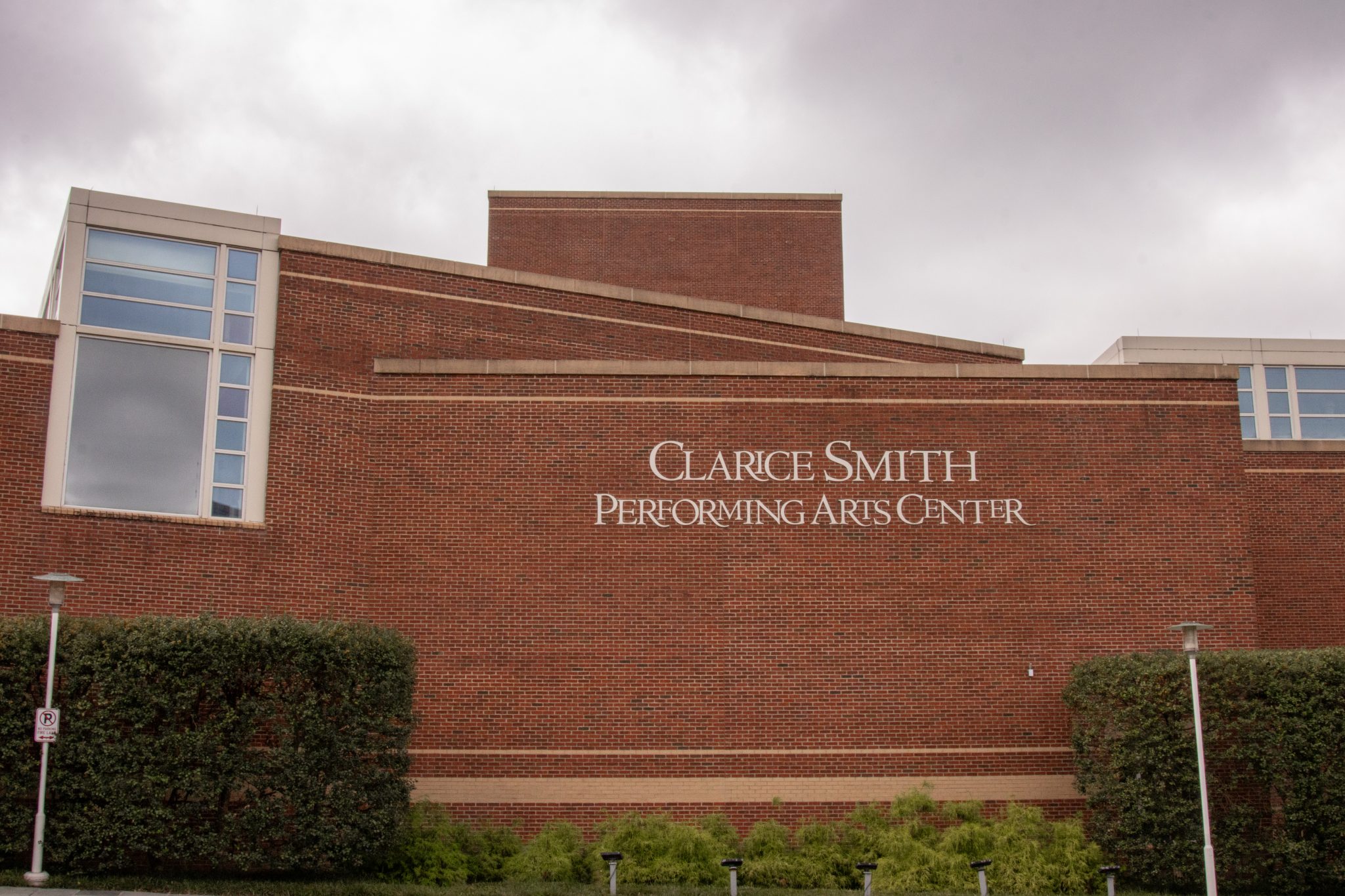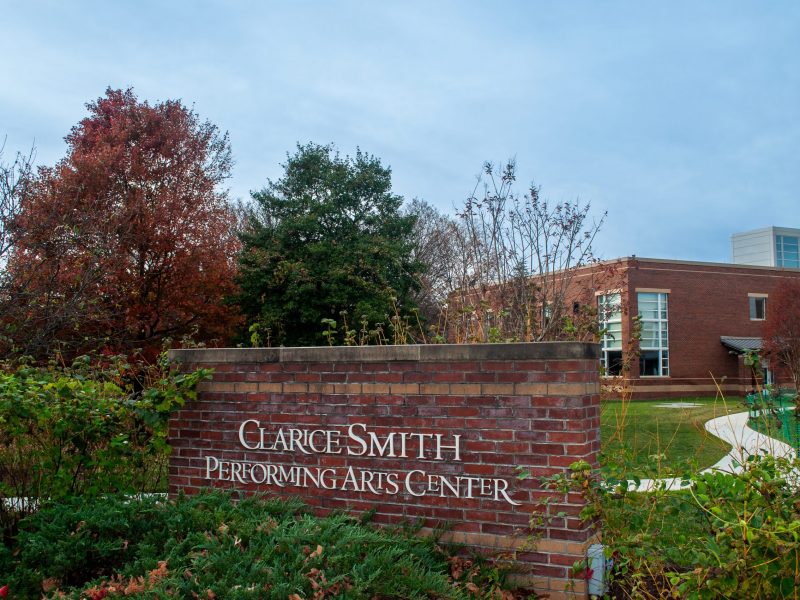The Baltimore Symphony Orchestra performed its first concert of the season on Friday, celebrating The Clarice Smith Performing Arts Center’s 25th anniversary through a showcase of a musical landscape across three acts.
Conducted by music director and cellist Jonathon Heyward, the orchestra played three compositions — “Israfel,” “Violin Concerto No. 2” and “Symphonie fantastique.”
Heyward, originally a musician in the orchestra, sought to acknowledge the rich history behind these pieces and translate them to a new audience. He emphasized the importance of expressing emotion without words in a manner that translates effectively to the audience.
“That’s the power of relatability within the classical music art form,” Heyward said in a Q&A after the performance. “That … is the beauty of what we get to do.”
For audience members like Eashana Subramanian, a senior landscape architecture major, Friday’s concert was their first exposure to these orchestral pieces.
“This is the first time I’m actually going to an orchestra symphony performance, so I’m really excited,” Subramanian said.
“Israfel,” originally a poem by Edgar Allen Poe, praises an Islamic tradition in which an archangel blows trumpets that signify the end of the world. Composed nearly two centuries later in 2015 by Mark Simpson, the piece seeks to capture the same emotions Poe wrote about. The orchestra’s performance marks the first time the piece was played in the United States.
The composition featured a range of instrumental pitches. Shifting from light-hearted melodies in the first section to intense rhythms in the second, it evoked the triumphant and chaotic feelings of the original poem.
[‘She Loves Me’ musical brings rom-com shenanigans to The Clarice]
“Violin Concerto No. 2,” inspired by Russian folk music, sought to stir dramatic feelings in the audience.
Violinist Francesca Dego said during the Q&A that the piece is meticulously conducted, requiring focus and a strict adherence to the sheet music.
“It is almost like dialoguing with a living composer,” Dego said. “It’s so intricate and detailed … that you have to listen all the time.”
Through speedy rhythms, loud notes and instrumental techniques such as pizzicato, or plucked, strings, the orchestra only escalated Dego’s frantic solo.
Valeska Zitta, a junior chemistry major and former violinist, expressed her admiration of Dego’s performance.
“[Dego is] so impressive. It was amazing,” Zitta said
“Symphonie fantastique” articulated a five-movement act composed by Hector Berlioz. It tells the story of a protagonist infatuated with a beautiful woman, leading to misery and his eventual demise.
[The UMD dorm experience is the same decades later]
To preserve the originality of the tragic story, Heyward ignored the usual repetition of the opening, just as Berlioz did when premiering the piece.
“My gut feeling was he never really wanted it, but he was thinking actually about mocking the symphonic tradition to do the sonata form,” Heyward said in the Q&A.
With dramatic sequences and playful melodies, the orchestra told this story using only sound.
Zitta said she enjoyed the orchestra and called its music and performance “beautiful.”
During the Q&A, Heyward highlighted the importance of performances like the orchestra’s, which provoke unity in difficult times. He emphasized the need for people to participate in the arts as a learning experience.
“What matters is actually being able to dedicate yourself to the arts in a meaningful and intentional way so that you all leave a bit more whole in such a fractious world,” Heyward said.



